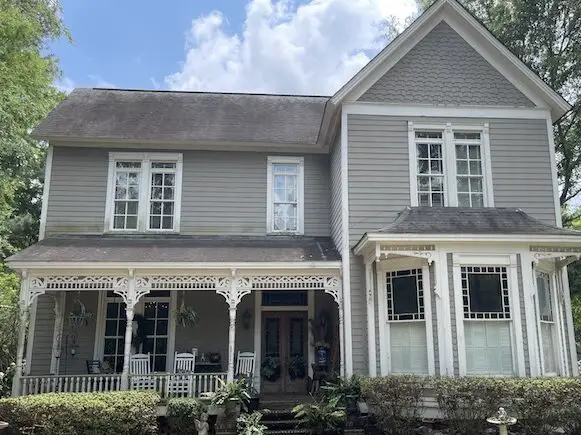Greensboro Alabama Business and Tourism Association announces the Greensboro Bicentennial Tour on June 10th and 11th 2023. In conjunction with the celebration of Greensboro’s incorporation as a city in 1823, this two day event will showcase over twenty historic homes, churches, museums, and other places of interest. President of the association, Stephen Barnette Jr, explains that this self-guided tour is a “rare opportunity to see privately owned homes and other sites not usually open to the public in one unique weekend.” The website visitgreensboroal.com offers details about the specific tour sites, as well as a link to purchase tickets. The website also includes information about other bicentennial events, notable Greensboro residents and a gallery of historical photos.
Tour times are Saturday, June 10th 9am-5pm and Sunday, June 11th 1pm- 5pm. Tickets are $25 for one day or $40 for a two day ticket. Tickets may be purchased in advance via the website visitgreensboroal. com or on tour days at Magnolia Grove located at 1002 Hobson Street. Magnolia is an Alabama Historic Commission landmark and is featured on the tour.
The Ryan-Kirk-Luker home was built in 1885. This home is an example of a two-story, Eastlake Victorian dwelling. When visiting, note the stained glass of the bay window and the decorative woodwork on the porch. Additionally, visitors on the tour will find a little Christmas in June! The current owner so loves the spirit of the holidays that she proudly displays her Christmas tree year round in her front dining room for her family and visitors to enjoy.
The Seay-Lawson-Cothran home was built in 1880 and features three French doors leading from the music room, living room and dining room onto the wraparound front porch. Tour goers will discover in the music room a 1900 Starr upright grand piano, a 1900 Estey pump organ and a Kilgen Petite Ensemble pipe organ that was in the Greensboro Baptist Church from 1924-1990. The 219 pipes are encased in a beautiful oak cabinet.
Construction on Oakhampton began before 1840. It is a classic example of vernacular architecture and has evolved over time and has elements from several architectural trends leading to its current Greek revival facade. The current owners have furnished the house with an outstanding collection of American furniture and decorative arts.

